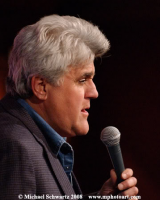Q: My four-year-old client has apraxia and jaw instability. The mom wants to know if jaw stability will improve on its own. There is no way to know that. Certainly jaw stability improves with time, but it may not improve in this child without help. He is developing oral motor patterns that may stay with him until he receives therapy to change them. He should have jaw stability by now, so the question is, why doesn’t he? Whatever is preventing…
Outgrow jaw instability?
By Pam Marshalla

